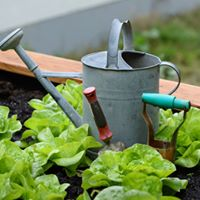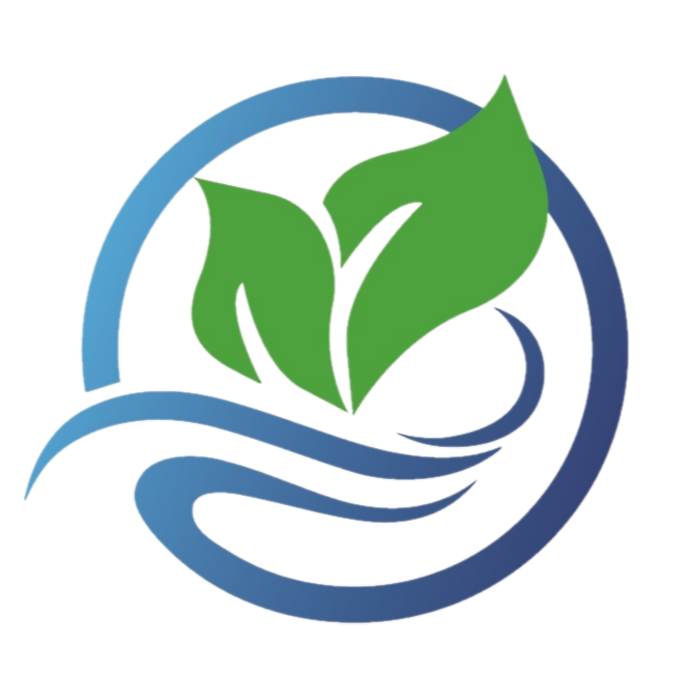Throughout this site there are links to documents of various file types.
Please contact us if you require this information in a different format.
Plant Clinic
During the spring and summer Master Gardeners set up plant clinics at various locations in Grays Harbor and Pacific Counties. The purpose of the plant clinics is to provide information to the general public and to assist in finding solutions to individual gardening problems. These clinics are for the benefit of the public, who are encouraged to bring in specimens of their plant problems, ask questions, or to just stop by to say hello. View our Upcoming Events for the dates and locations of the plant clinics.

You should bring the freshest samples possible and store all specimens in your refrigerator until you are ready to bring them to the plant clinic.
The WSU Spokane County Extension provides the following guidelines on how to prepare samples for identification and diagnosis:
Preparing Your Specimens for the Plant Clinic
- Carefully collect insect specimens and/or plant material associated with insect damage.
- Bring as much of the affected plant material associated with the insect pest as possible.
- Place insect in alcohol contained in either small vials or bottles with secured caps. 35mm film canisters leak, so tape lid and place in a plastic bag. If you do not have a supply of regular methyl or ethyl alcohol, rubbing alcohol may be used. This is easily obtained from any drugstore.
* DO NOT bring plant material in alcohol! - Place large adult moths and butterflies cushioned in a box or jar with cotton to minimize damage.
- Select a plant specimen showing distinct disease symptoms. If it is not practical to bring the entire plant, try to bring several plants or plant parts that show the various stages of the problem: a plant showing the early stages of the disease, a plant that is severely affected, and a healthy plant, if available.
- Dig up the entire plant where practical, including its root structure. Try not to pull the plant as any diseased roots will be left behind.
- Tree diseases can best be diagnosed by evaluating the junction of diseased and healthy tissue. Include twigs or limbs just beginning to show symptoms, but still alive. Old, dead limbs are useless.
- Wrap the roots in a plastic bag separate from the rest of the plant to prevent dirt from contaminating leaves and stems.
- Place the entire sample in another plastic bag without additional moisture, as it also may cause contamination.
- Cut the turf in squares approximately 4 inches across and as deep as the roots will hold soil. Leave the soil intact. DO NOT bring plugs from 1″ diameter soil probes. Store samples in a refrigerator until ready to bring to the plant clinic.
- Bring three or four specimens each representing a different stage (healthy, slightly affected, and heavily damaged).
Plants/weeds are identified in many ways. The most useful plant parts are flowers, fruits, leaves, buds, and young stems. Because some ornamental plants have many varieties, it may not be possible to determine the exact variety without the flower.
- Collect as many plant parts as possible. Flowers, fruits/seeds, leaves, stems, buds, and roots may aid in identification.
- Place the plant specimen in a plastic bag along with a dry paper towel (don’t add water) and seal.
WSU Extension programs and employment are available without discrimination. Evidence of noncompliance may be reported through your local WSU Extension office.
Cooperating agencies: Washington State University, U.S. Department of Agriculture, and Grays Harbor and Pacific Counties.
